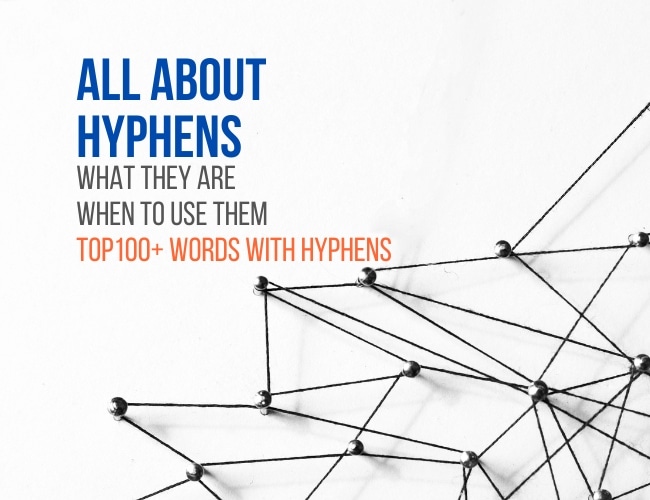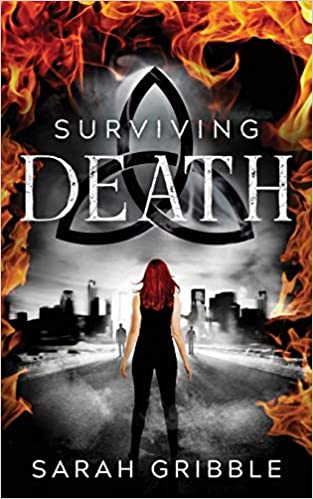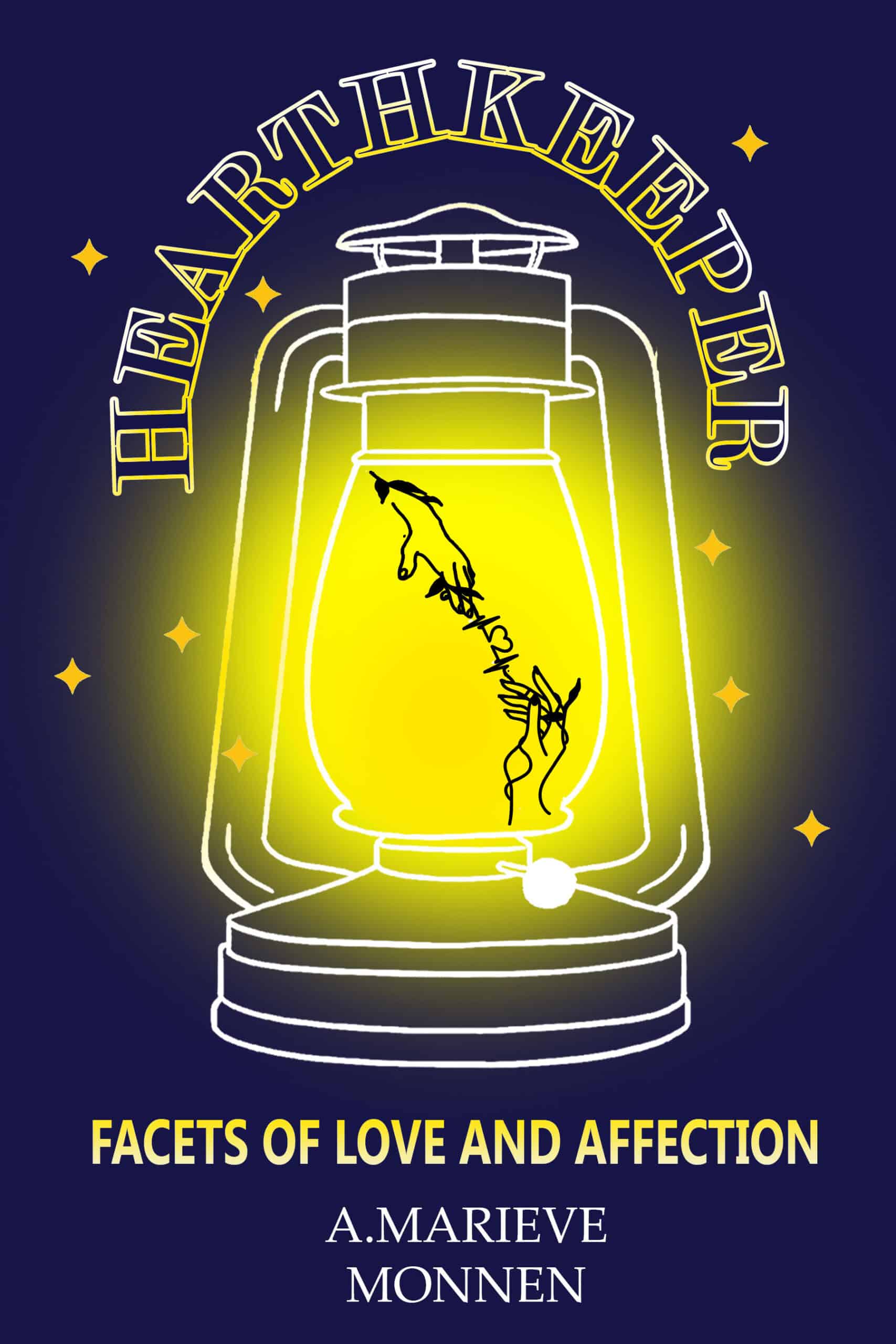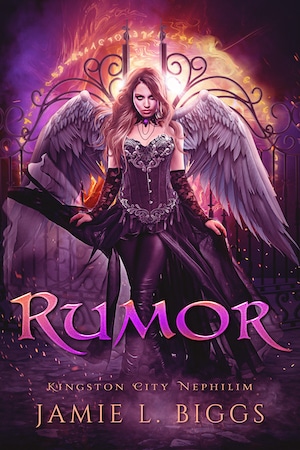
You've seen it, that little line in between two words, like “low-key” or “step-mother.” Maybe you've spotted it at the end of a line in a book, splitting up another word. What does – mean in writing anyway?
Well, first of all, you should know that it's called a hyphen, and let me tell you, it's one useful little piece of punctuation.
In this article, we're going to look at how the – works in your writing, from the uses of hyphens to the differences between hyphens and our other favorite dashes. Finally, we'll show you our favorite, top 100 words with hyphens. Ready to get started?
Types of Dashes in Writing: What Makes the – Special
It wasn't until after I became a professional writer that I learned there are not one, not two, but three types of dashes used in writing. Here's a quick definition of each type of dash, plus how to create one.
Hyphen Definition
A hyphen is a short horizontal line (-) used in writing to connect words, prefixes, or syllables, usually for the sake of clarity or to create compound words.
To create a hyphen: just press the standard dash on your keyboard. Easy!
En Dash Definition
An en dash (–) is a punctuation mark that's longer than a hyphen but shorter than an em dash. It's used primarily to indicate ranges of numbers, like “pages 10–20,” or to link related items, like “the New York–London flight.” It's also sometimes used to replace “to” or “and” between words.
Here's how to create an en dash:
- On a Mac, press Option + Hyphen (Option + -)
- On a PC, hold down the Alt key and type 0150 on the numeric keypad (make sure Num Lock is on)
- On iOS, hold down the hyphen key, and the en dash will pop up as an option
- (Or just copy and paste it!)
Em Dash Definition (My favorite kind of dash!)
An em dash (—) is a longer dash used to set off a word or clause and can replace commas, semicolons, or colons for emphasis. It's often used to show a break in a sentence or an interruption.
Here's how to create an em dash:
- On a Mac, press Shift + Option + Hyphen (Shift + Option + -)
- On a PC, press Alt + 0151 (make sure Num Lock is on and use the numeric keypad)
- On iOS, hold down the hyphen key, and the em dash will pop up as an option
- (Or, again, just copy and paste it!)
There, that wasn't so hard, right? Now that you know about all the different kinds of dashes, let's talk more about how the hyphen is used in writing.
7 Uses of Hyphens
Hyphens have a lot of uses in writing. Let's go over each with examples:
1. Hyphens Connect Compound Numbers.
The most common mistake with hyphen use that I've encountered happens when talking about ages.
Example: Francie is twenty-six years old. She is a twenty-six-year-old woman.
Congratulations, you no longer have any excuse to make that mistake again. Exceptions start when you get into the larger numbers.
Example: Jim's house is one hundred years old. Jim has a one hundred-year-old house.
The one and hundred are never hyphenated.
2. Hyphens Connect Compound Adjectives
As a writer, sometimes you need to describe a character or a scenario, but the words at your disposal just aren't enough. Maybe your protagonist goes through an awkward moment, but the word awkward by itself doesn't fully reflect the depth of the discomfort your characters are feeling. You're feeling ballsy now that you've mastered the semicolon, and you decide that you're going to create your own adjective.
No, I am not suggesting that you try to create your own words. You're not Shakespeare What I am suggesting is that you make use of the em dash‘s more common cousin, the hyphen.
Hyphens are great for situations where you need to enhance adjectives. For example, look at the difference between these two sentences.
“Oh, she's your wife,” Sheila said as the awkwardness in the room approached its peak.
“Oh, she's your wife,” Sheila said as the awkwardness in the room reached near-Himalayan heights.
In the first sentence, we know that the situation is uncomfortable.
In the second sentence above, near-Himalayan has to be hyphenated.
Here's why: if you don't hyphenate those adjectives, then all of the adjectives are modifying the noun. So if you didn't hyphenate above, then you would have awkwardness that reaches “near heights” and “Himalayan heights.” That doesn't really make sense.
The hyphen tells the reader that the near is modifying the partner adjective Himalayan, and not the heights.
3. Hyphens Connect Compound Words
Hyphens can join two or more separate words into one compound word.
For example, it's not “mother in law.” It's “mother-in-law.”
Same with “state-of-the-art,” one of my favorite four-word compound words. Great right?
4. After Some Prefixes
Prefixes, like “pre-” and “un-” and “anti-“, are added to the beginning of words to alter their meanings, and in some cases they use hyphens to add clarity.
A good example is “re-sign,” which means to sign again, and “resign,” which means “to quit.”
Most prefixes in English don't require hyphens because they've been used for decades or even centuries and gradually people stopped adding the hyphens. But there are some words with prefixes that still require hyphens, usually for one of the following reasons:
- If they're confusing because either they're confusing, repeat
- If they repeat a letter
- If they're unfamiliar
- Just because
Yes, sometimes we have to use hyphens for no obvious reason. The English language is weird. Sorry about that!
5. To Hyphenate a Name
Some spouses choose to hyphenate their last names when they get married, like Gordon-Levitt or Newton-John. It's one way people choose to show that they've created a new family.
Other people have hyphenated first names, like Jean-Paul Sartre or Carrie-Anne Moss or even Mary-Kate Olsen.
6. To Break Words at the End of Lines
If you run out of space at the end of a line, you can use a hyphen to break a word and continue it on the next line.
Today, this is usually done automatically when you use the “hyphenation” formatting option, and it's especially done on text that has been justified, like in books. This helps keep the spacing even.
7. Words with Single Letters
Finally, when you have words that spell out individual letters, like “X-ray” or “C-section,” you usually use a hyphen.
100 Words With Hyphens: Hyphen Examples
Now, what are some examples of hyphenated words, so you can see them in action. Let's look at our all-time, desert-island, top 100 words with hyphens:
- Brand-new
- Mother-in-law
- Well-known
- Up-to-date
- Self-esteem
- High-quality
- State-of-the-art
- Father-in-law
- Eye-catching
- In-depth
- Top-notch
- Long-term
- Short-term
- Second-hand
- Part-time
- Full-time
- Co-worker
- Old-fashioned
- One-third
- Twenty-one
- Hand-me-down
- Editor-in-chief
- Vice-president
- Low-key
- All-inclusive
- Run-of-the-mill
- User-friendly
- Down-to-earth
- Cold-blooded
- Run-down
- Built-in
- Self-defense
- Mass-produced
- Half-baked
- Time-consuming
- All-around
- Far-reaching
- Close-knit
- Last-minute
- Light-headed
- In-laws
- Self-control
- Matter-of-fact
- Well-off
- Get-together
- High-end
- Free-for-all
- High-tech
- Non-profit
- Brother-in-law
- Self-aware
- Well-being
- Short-lived
- Deep-rooted
- Middle-class
- Self-help
- Out-of-date
- Sister-in-law
- Tug-of-war
- One-sided
- On-going
- Double-check
- Time-sensitive
- Fast-paced
- Quick-witted
- Mouth-watering
- Year-round
- Wide-ranging
- Two-thirds
- Right-hand
- Tight-knit
- Cut-and-dry
- World-class
- One-time
- Ever-changing
- Six-pack
- Check-in
- Long-lasting
- Old-timer
- Good-looking
- Life-changing
- Hard-to-find
- Out-of-the-way
- Take-out
- Warm-hearted
- Top-of-the-line
- Open-minded
- Four-wheel-drive
- Ground-breaking
- Self-contained
- Far-fetched
- Step-by-step
- Well-to-do
- Ill-advised
- Hard-working
- Second-rate
- Loud-mouthed
- Tight-fisted
- Well-read
- Over-the-top
What's your favorite hyphenated word? Let us know in the comments!
PRACTICE
Let's put what we've learned about hyphens to practice!
Write about Mary-Ann, a travel blogger who's obsessed with finding the world's most beautiful sunsets, and Tim Johnson-Smith, an astrophysicist who's more interested in the stars that come out after the sun goes down. They cross paths at a quaint bed-and-breakfast in Sunset-Valley, a small town much-celebrated for its awe-inspiring dusk views. Is this their meet-cute or do they self-combust before they ever have a chance to become star-crossed lovers?
Write a story that unfolds over a twenty-four hours, using as many hyphens as you can. The more the better!
Then, for feedback, post your practice or ideas in the Pro Practice Workshop here!
Happy writing!



My friends and I made up our own words in high school and wrote them into our essays, trying to “pull one over” on our teachers. The only one that found the words was the teacher that overheard us creating them. We decided that if Shakespeare did it, we could too!
Way to mess with the establishment, Kristen.
I agree. Not to make up words??? We may not be the GREAT SHAKESPEAR, but then again, he borrowed much from the Bible. However, all words are made up, since mankind began with only grunts. How do you know that some slob out there doesn’t come up with the next viral blurb, even by accident? Like the word blurb?
My friends and I made up our own words in high school and wrote them into our essays, trying to “pull one over” on our teachers. The only one that found the words was the teacher that overheard us creating them. We decided that if Shakespeare did it, we could too!
Way to mess with the establishment, Kristen.
Sheila was finding it hard to flirt with Morgan. He was a handsome young man right at the age of getting his first job. Sheila wasn’t very old herself, but her recently-fired sexual curiosity, aided by her recent breakup, latched itself on Morgan and wouldn’t let go.
Morgan wasn’t flirting back. Or was he? Those baby-blue eyes had a way of winking at her…
Sheila was losing herself and babbling idiot-like. She looked for a conveniently-placed way out of this social nightmare. She was in the middle of a house-party, for goodness’s sake!
An older woman stepped close and interrupted her. “I don’t believe we’ve met before,” she said in that oh-so-friendly way that Sheila knew meant trouble.
Sheila introduced herself politely. The older woman addressed Morgan in a more-than-friendly way. Crap! Was she his aunt? She knew Morgan more-than-well, it seemed.
Sheila knew she had to take action. Who knew if she would ever get another chance? “Morgan,” she said, “while you’re talking to your aunt, d’you mind if I go get us some drinks?
“She’s my wife,” Morgan replied, blank-faced.
“Oh, she’s your wife,” Sheila said as the awkwardness in the room reached near-Himalayan heights.
“Oh, she’s your wife,” Sheila said as the awkwardness in the room reached near-Himalayan heights.
He leaned against the wall and shrugged. “Yeah,” he said with a half-smile.
Sheila closed her eyes. She counted her breath: 1, 2, 3. When she opened her eyes there she was clenching her bag looking anywhere but the room.
“Hi,” the wife said with a hand-wave. Sheila gave her forced-grin and the wife looked down.
“I’m sorry, Mrs.” Sheila said. “You’re husband and I are- very good- friends,” she gulped and added under her breath, “I think.”
“I’m Carla,” the wife said. Carla held her hand out open-palmed and Sheila shook it. “My husband, Lance, he’s- he’s a very friendly person.”
Sheila’s eyes got wide. “Lance?”
Lance avoided her eyes as he suddenly found the ceiling very interesting. Carla turned back and forth between them eyes blinking rapidly.
“Um,” Carla said. “Is there a matter? Or?”
Sheila gave her a soft-smile. “I don’t know, ‘Lance’, is there a problem?”
Lance belched out a stadium-loud sigh. He looked between them, Sheila and Carla. Carla clutched the bag to herself while Sheila crossed her arms over her body.
Lanced scratched the back of his head. “I think, yeah, I need to explain.”
“Lance?” Carla said. “Lance, explain what?” She looked to him with pleading eyes. “Lance?”
“Carla please,” he said holding his palm against her. “Just let me, okay, this will be okay. No biggie.”
Carla closed her mouth and had gotten model-stiff. Her eyes locked onto him, never leaving once.
Sheila cleared her throat with a bark-grumble. “I’m sorry, Carla, for this.”
Carla ignored her.
“Make a hyphen…press the dash key”
–Way to keep things straight. People who need to be reading this need to know that the “hyphen” key doesn’t produce a “dash”. (And the hyphen and minus are two different characters, not just two different keys.) If you want to use a dash someplace (like a comments section) where you don’t have access to extended character sets, you substitute a double hyphen.
Appreciate the comment and the clarification (although not so much the saltiness). Most people that I know call it the “dash key, so while you’re certainly correct, we’re prioritizing helpfulness over precision in this instance. Thanks for your help clarifying though.